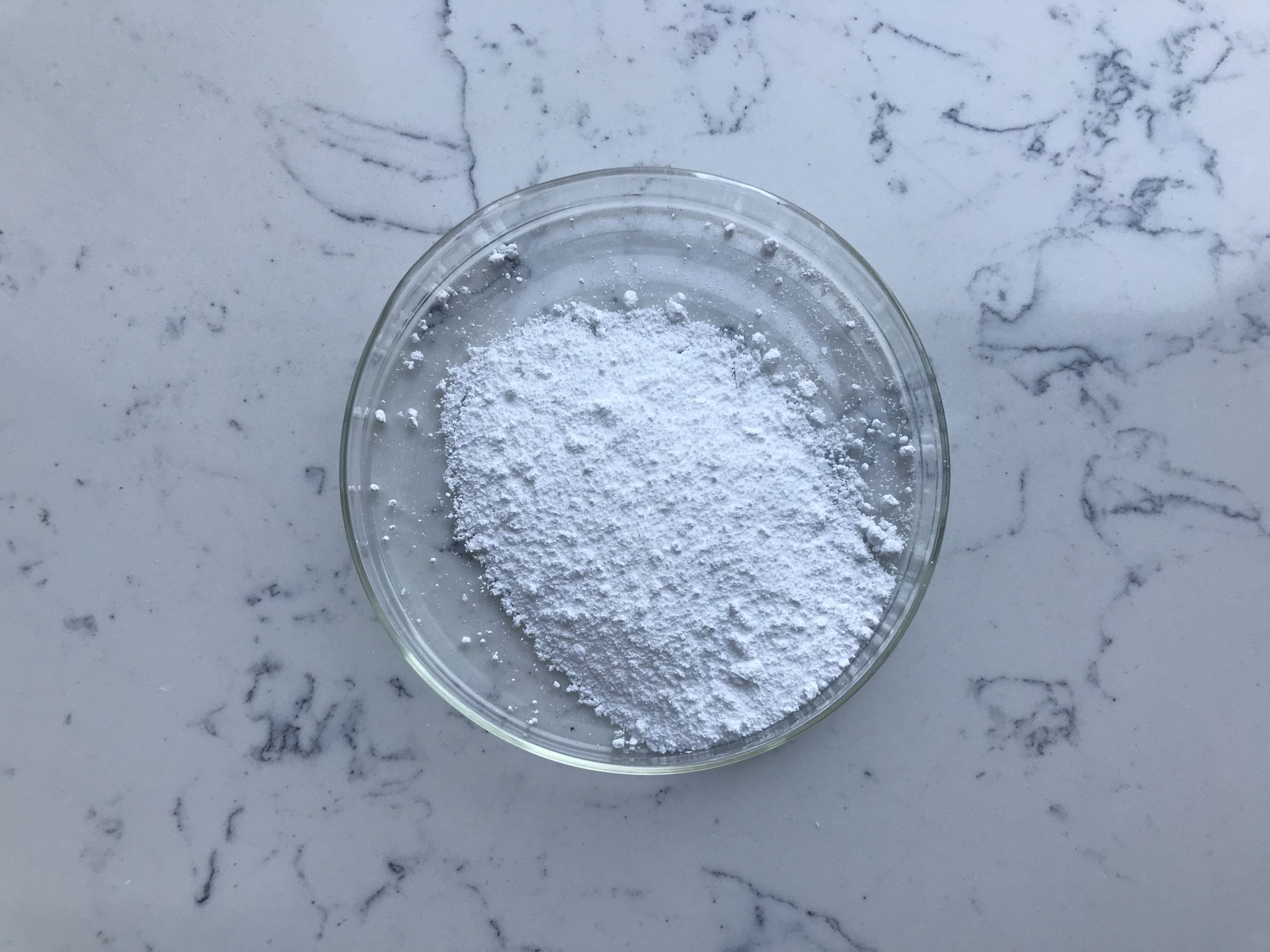Cycloastragenol is a compound derived from the root of Astragalus membranaceus, a traditional Chinese medicinal herb. It has garnered attention due to its potential anti-aging and health-promoting properties. However, it’s important to note that while there is some research suggesting potential benefits, more comprehensive clinical studies are needed to establish its safety and efficacy for various applications.
Application of Cycloastragenol:
Anti-Aging and Telomere Health: One of the main reasons for the interest in cycloastragenol is its proposed effect on telomeres. Telomeres are protective caps on the ends of chromosomes that naturally shorten as cells divide, contributing to cellular aging. Cycloastragenol is thought to activate telomerase, an enzyme that helps maintain telomere length. Longer telomeres are often associated with healthier aging. Some research, mainly in animal and cell culture studies, has suggested that cycloastragenol might have a positive effect on telomere length and cellular lifespan. However, the clinical relevance and safety of this effect in humans require further investigation.

Immune Function: Some studies have indicated that cycloastragenol might have immunomodulatory effects. It is believed to enhance the function of certain immune cells, potentially leading to improved immune responses. This could have implications for conditions related to immune system dysfunction, although more research is needed to validate these findings.
Cardiovascular Health: There is limited research suggesting that cycloastragenol might have a protective effect on cardiovascular health. It has been proposed that cycloastragenol’s anti-inflammatory and antioxidant properties could contribute to improved heart health. However, clinical studies are necessary to determine its actual impact on conditions like hypertension, atherosclerosis, and heart disease.
Neuroprotection: Some studies have explored the potential neuroprotective effects of cycloastragenol. These effects are believed to be linked to its anti-inflammatory and antioxidant properties. Research in this area is still in its early stages, and more studies are needed to establish its effectiveness in promoting brain health and preventing neurodegenerative diseases.
Cancer Prevention: There is some preliminary research suggesting that cycloastragenol might have anti-cancer properties. It has been shown to inhibit the growth of certain cancer cell lines in laboratory settings. However, translating these findings into effective cancer prevention or treatment strategies requires rigorous clinical research.
It’s important to approach any health supplement or intervention with caution. While there is some promising research on the potential benefits of cycloastragenol, it’s crucial to keep in mind that much of this research is still preliminary, and the compound’s safety and effectiveness need to be thoroughly investigated in controlled clinical trials. Before considering the use of cycloastragenol or any other supplement, it’s advisable to consult with a qualified healthcare professional who can provide personalized guidance based on your individual health needs and concerns.
Adverse effects of Cycloastragenol
Cycloastragenol is a natural compound derived from the Astragalus plant, which has gained attention for its potential anti-aging and health-promoting effects. However, like any supplement or compound, it may also have potential adverse effects or interactions to be aware of. It’s important to note that research on cycloastragenol is still limited, and much of the information available may not be fully conclusive. As of my last knowledge update in September 2021, here are some potential adverse effects and considerations associated with cycloastragenol:
Limited Research: While cycloastragenol has been studied for its potential benefits, its long-term safety and potential adverse effects are not fully understood due to limited clinical research.
Interactions with Medications: Cycloastragenol might interact with certain medications. If you’re taking any prescription drugs or have any underlying health conditions, it’s recommended to consult with a healthcare professional before using cycloastragenol.
Hormonal Effects: Some animal studies have suggested that cycloastragenol might have hormonal effects, including on the thyroid and adrenal glands. This could potentially affect individuals with thyroid disorders or hormone-sensitive conditions.
Liver Health: There is some concern that cycloastragenol might have an impact on liver enzymes and liver health. If you have a history of liver problems or are taking medications that affect the liver, it’s important to discuss with a healthcare provider.
Dosage and Duration: The appropriate dosage and duration of cycloastragenol supplementation have not been well-established. Taking high doses for extended periods could potentially lead to adverse effects.

Allergic Reactions: Allergic reactions are possible with any supplement or herbal product. If you experience any signs of an allergic reaction, such as rash, itching, swelling, or difficulty breathing, discontinue use and seek medical attention.
Digestive Issues: Some users have reported digestive discomfort, including upset stomach or diarrhea, when taking cycloastragenol.
Pregnancy and Breastfeeding: There is limited information about the safety of cycloastragenol during pregnancy and breastfeeding. It’s advisable for pregnant or breastfeeding individuals to avoid using cycloastragenol unless advised otherwise by a healthcare professional.
Remember that individual responses to supplements can vary widely, and what might be safe for one person could be problematic for another. If you’re considering using cycloastragenol or any other supplement, it’s crucial to consult with a qualified healthcare professional before making any decisions. They can help you weigh the potential benefits against the risks and provide personalized guidance based on your health status and medical history. Also, keep in mind that my information is based on knowledge available up until September 2021, and there may have been new developments or research findings since then.
